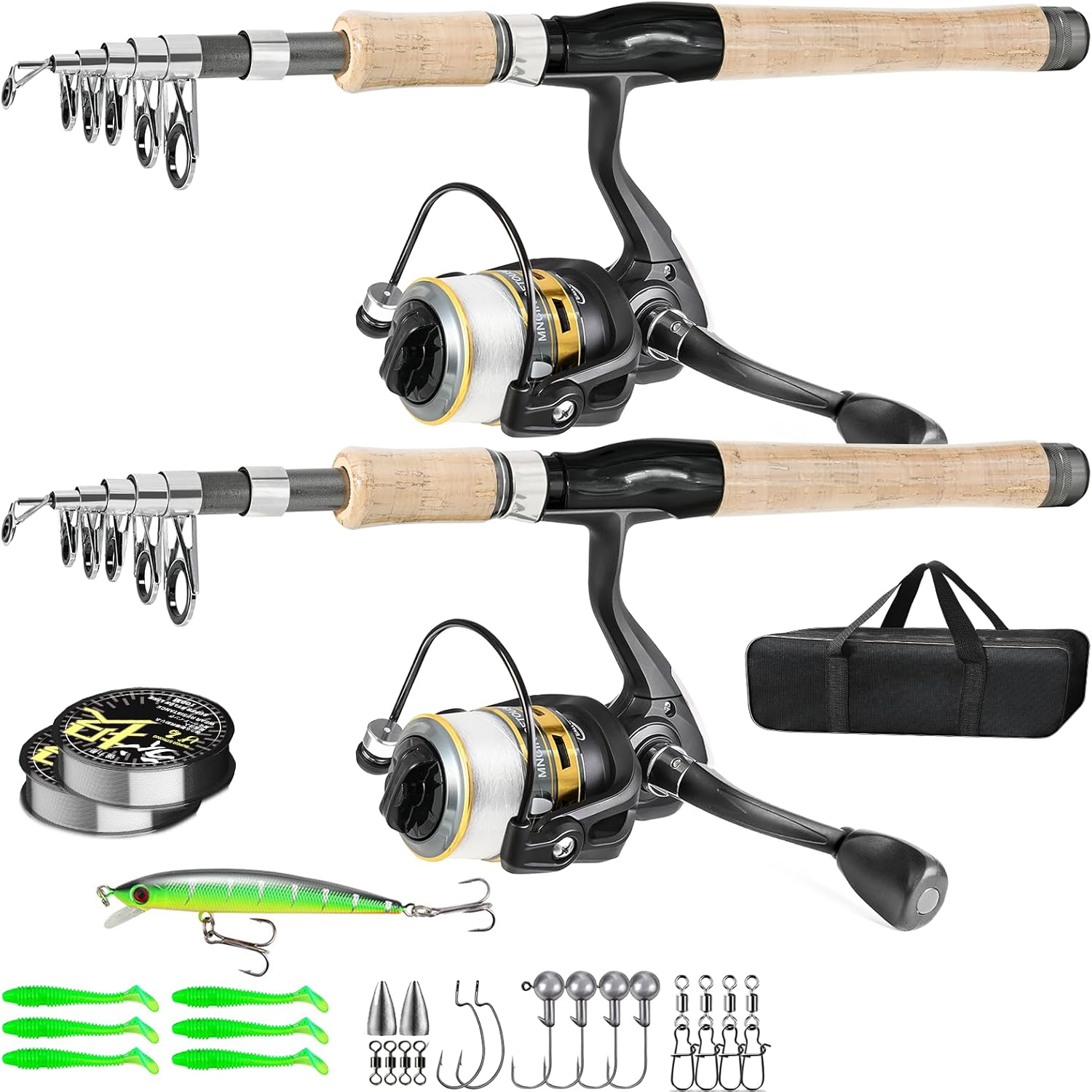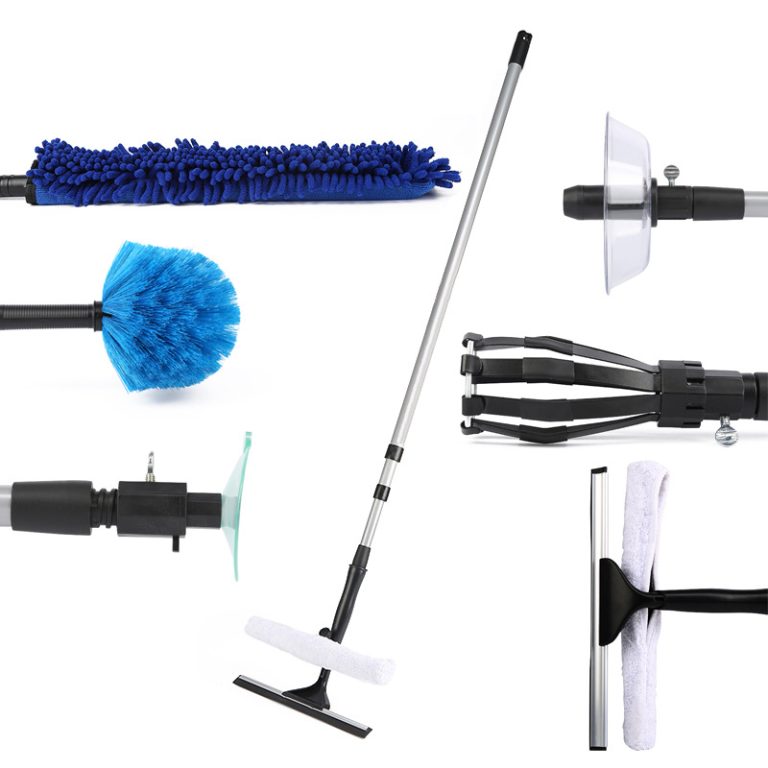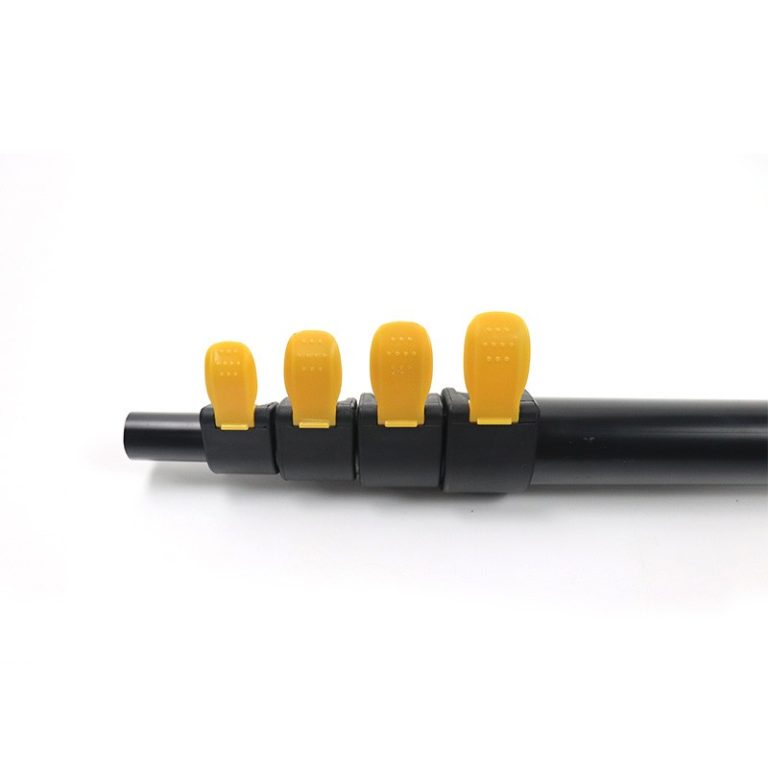Telescopic Poles in the Fishing Industry: Pros and Cons
In the fishing industry, telescopic poles have become a popular choice among anglers of all levels. These poles offer a unique set of features that can enhance the fishing experience, but like any tool, they also come with their own drawbacks. Understanding the pros and cons of telescopic poles is essential for fishermen looking to make an informed decision about their equipment.
The Advantages of Telescopic Poles in Fishing
Portability and Convenience
One of the most significant advantages of telescopic poles is their portability. These poles can be collapsed to a relatively short length, making them easy to carry around. Whether you’re hiking to a remote fishing spot, traveling by car to a new fishing location, or simply moving around a large fishing area, a telescopic pole can be conveniently stored in a backpack, a car trunk, or even a small fishing tackle box. For example, a fly – fisherman who needs to move quickly between different sections of a river can easily collapse and carry a telescopic pole without being burdened by a long, rigid rod.
Versatility in Reach
Telescopic poles offer a high degree of versatility when it comes to reach. Anglers can adjust the length of the pole according to the fishing conditions. In a wide river or a large lake, extending the pole to its maximum length allows fishermen to cast their lines further out, reaching areas where fish may be more abundant. On the other hand, in a small, confined pond or when fishing in thick vegetation, retracting the pole to a shorter length gives better control and maneuverability. This adaptability makes telescopic poles suitable for a variety of fishing environments.
Space – Saving Storage
For those with limited storage space, telescopic poles are an ideal choice. They take up significantly less space when collapsed compared to traditional, non – telescopic fishing rods. This is especially beneficial for fishermen who live in small apartments or have limited storage in their boats. A telescopic pole can be stored vertically in a corner or horizontally in a narrow cabinet, making it a practical option for those with space constraints.
Cost – Effectiveness
In many cases, telescopic poles are more cost – effective than their non – telescopic counterparts. The manufacturing process for telescopic poles often allows for more efficient production, which can translate into lower prices for consumers. Additionally, a single telescopic pole can serve multiple purposes due to its adjustable length, eliminating the need to purchase several different – sized rods. This cost – effectiveness makes telescopic poles an attractive option for beginner anglers or those on a budget.
The Disadvantages of Telescopic Poles in Fishing
Durability Concerns
Telescopic poles may not be as durable as some non – telescopic rods. The telescoping mechanism, which allows the pole to extend and retract, can be a weak point. Over time, with repeated use, the joints between the telescoping sections may become loose, leading to a wobbly pole. This can affect the accuracy of casts and the overall performance of the pole. Additionally, the materials used in some budget – friendly telescopic poles may not be as high – quality as those in more expensive, non – telescopic rods, making them more prone to breakage.
Performance Limitations
In terms of performance, telescopic poles may not offer the same level of sensitivity as some high – end non – telescopic rods. The multiple sections and joints in a telescopic pole can dampen the transmission of vibrations from the fish to the angler’s hand. This means that fishermen may have a harder time detecting subtle bites, especially when using light – line fishing techniques. For professional or experienced anglers who rely on precise bite detection, this can be a significant drawback.
Complexity in Assembly and Maintenance
Telescopic poles require more care in assembly and maintenance compared to traditional rods. When extending or retracting the pole, it’s important to ensure that the sections are properly aligned to avoid jamming. If a telescopic pole gets jammed, it can be difficult to fix and may require specialized tools or even replacement parts. Regular maintenance, such as cleaning and lubricating the telescoping joints, is also necessary to keep the pole functioning smoothly. This added complexity may be a deterrent for some fishermen, especially those who prefer a more straightforward fishing setup.
In conclusion, telescopic poles in the fishing industry offer several advantages, including portability, versatility, space – saving storage, and cost – effectiveness. However, they also come with some disadvantages, such as durability concerns, performance limitations, and complexity in assembly and maintenance. Anglers need to weigh these pros and cons based on their fishing style, experience level, and specific needs to determine whether a telescopic pole is the right choice for them.



